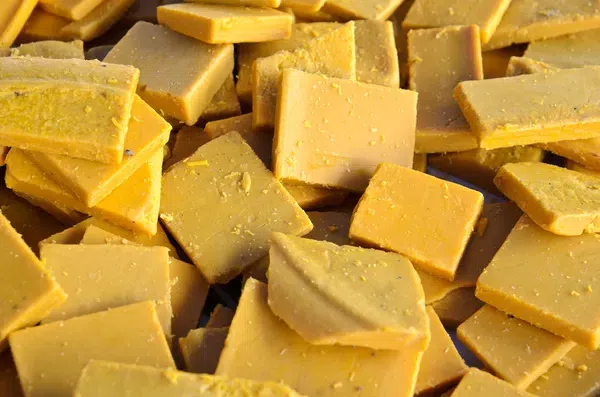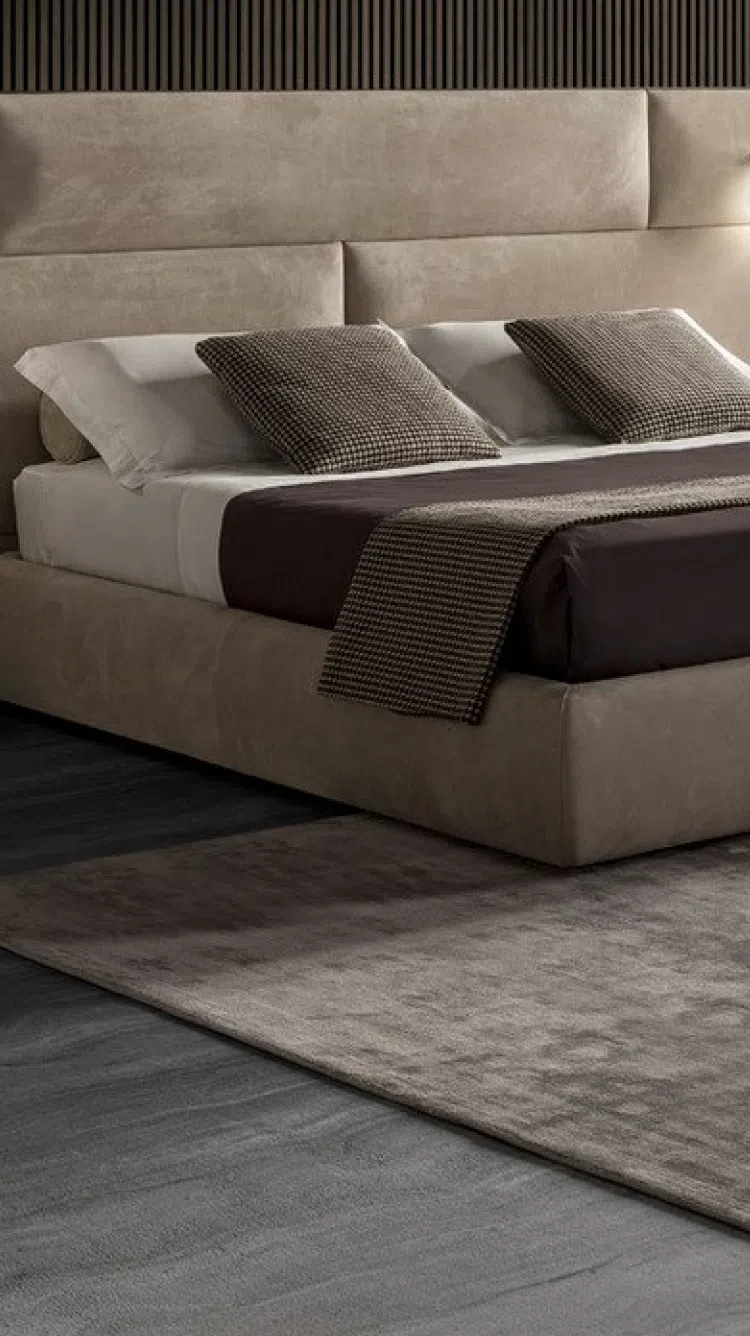
As a furniture material expert, wax plays an interesting and multifaceted role in the realm of furniture. Wax is primarily an organic compound that is solid at room temperature and melts to a liquid at slightly higher temperatures. The most common types of wax used in furniture are beeswax, carnauba wax, and paraffin wax. Each type of wax has its specific properties and uses in the furniture industry.
Beeswax: Beeswax is a natural wax produced by honey bees. It has been used for centuries as a finish for wood furniture. Beeswax is appreciated for its long-lasting protection, pleasant fragrance, and the soft luster it imparts. It's often combined with other oils such as linseed oil or turpentine to make it more workable and to enhance its protective qualities. As a natural preservative, beeswax also offers the benefit of being eco-friendly and non-toxic.
Carnauba Wax: Extracted from the leaves of the Copernicia prunifera palm in Brazil, carnauba wax is considered amongst the hardest natural waxes. It's known for its durability and high gloss finish. Carnauba is often used in the automotive industry but is also prevalent in furniture making, especially for producing a hard, glossy finish for wood surfaces. It's frequently found as an ingredient in furniture polishes and can be used alone or blended with other waxes.
Paraffin Wax: Paraffin is a petroleum-based wax that is less expensive than natural waxes and is often used as a protective coating on wood. It can help prevent water damage and can be polished to a soft sheen. However, it's not as durable as carnauba and not as rich in appearance as beeswax. Paraffin is commonly found in a variety of products from candles to polishes and is used in various techniques, including wax dipping for a uniform seal on wood surfaces.
Wax Usage in Furniture: In terms of application to furniture, wax can be used in several ways:
Protective Coating: When applied to finished wood, wax provides a barrier against dust, moisture, and everyday wear. It helps prevent the wood from drying out and can enhance the depth and character of the material.
Finishing: As a finish, wax is often preferred for its natural look and feel. It does not provide as durable a topcoat as modern synthetic finishes like polyurethane, but for antique furniture or pieces that are not subjected to heavy use, it can be ideal.
Restoration: In restoration work, wax is used to revitalize old finishes and give furniture a fresh, new appearance without disturbing the patina that has developed over time.
Repair: Waxed furniture that becomes scratched can often be easily repaired by re-applying and buffing wax into the affected area.
Maintenance and Consideration: It is worth noting that furniture treated with wax requires regular maintenance since wax coatings can degrade or become clouded over time through exposure to heat and usage. Additionally, care should be taken when placing hot items or spills on wax-finished furniture, as they can damage the finish.
In summary, wax is a versatile material in the furniture industry noted for its natural origins, ease of application, and ability to enhance the intrinsic beauty of wood furniture. However, it is best used in applications where its visual and tactile properties are prioritized over resistance to heavy wear and tear.


